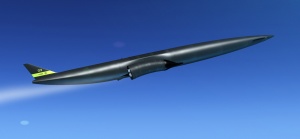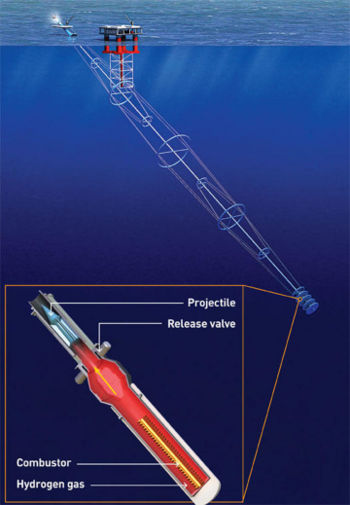Difference between revisions of "Colonising Space/Access to space"
| Line 6: | Line 6: | ||
However many alternative and interesting launch systems are thought to be technically (or at least theoretically) feasible ranging from single stage to orbit hybrid air-breathing/rocket space-planes (SSTOs), electromagnetic and balloon platform launch assist to more exotic space fountains, launch loops and geosynchronous space elevators. It may be that launch strategies that can have their power systems decoupled from the propellant/propulsion systems and installed on the ground may end up being more economical and efficient in terms of energy expended per unit weight lofted into space. | However many alternative and interesting launch systems are thought to be technically (or at least theoretically) feasible ranging from single stage to orbit hybrid air-breathing/rocket space-planes (SSTOs), electromagnetic and balloon platform launch assist to more exotic space fountains, launch loops and geosynchronous space elevators. It may be that launch strategies that can have their power systems decoupled from the propellant/propulsion systems and installed on the ground may end up being more economical and efficient in terms of energy expended per unit weight lofted into space. | ||
| − | Information on these alternative launch methods are covered in more detail in this {{wp|Non-rocket_spacelaunch|wikipedia article}}. [[Image:Spacecannon.jpeg|The most promising non-rocket launch method is the 'space gun'. | + | Information on these alternative launch methods are covered in more detail in this {{wp|Non-rocket_spacelaunch|wikipedia article}}. [[Image:Spacecannon.jpeg|The most promising non-rocket launch method is the 'space gun'. Anything propelled upwards at a speed over 11.2 kilometers per second will escape Earth's gravitational pull and get into space. One of the most straightforward ways to reach this fantastic speed is by firing things out of an enormous hydrogen-powered gun. This would provide a very cheap and practical way of putting materials in space, but the large ''g'' forces involved would make it unsuitable for humans. A space gun holds all the promise of a space elevator or launch loop (i.e. cheap, rough-and-ready access to space) but requires none of the unlikely engineering of either of those two proposals. Quicklaunch Inc. have designed this 1100m-long, hydrogen-powered floating gun that can launch 1000lb payloads into space every few hours for $250/lb. See [http://www.youtube.com/watch?v=1IXYsDdPvbo this Google talk] for more detail.|thumb|center|350px]] |
Revision as of 02:10, 29 July 2011
We now have access to space using rockets although this is still expensive (over $5000 per pound of material launched[1]) and the failure rate is quite high. This severely limits what we can do in space; it is the main obstacle to space solar power and the colonisation of space. So far, we have only dipped our toes, if we want to really dive in we have to make spaceflight cheap and reliable.
It may be that using abundant solar energy and seawater and advanced automation, mature rocket technologies like liquid-fuelled rockets actually end up becoming cheap and common-place, perhaps in conjunction with solid-rocket boosters like the Space Shuttle uses that employ metal fuels and inorganic oxidizers made from common elements.

However many alternative and interesting launch systems are thought to be technically (or at least theoretically) feasible ranging from single stage to orbit hybrid air-breathing/rocket space-planes (SSTOs), electromagnetic and balloon platform launch assist to more exotic space fountains, launch loops and geosynchronous space elevators. It may be that launch strategies that can have their power systems decoupled from the propellant/propulsion systems and installed on the ground may end up being more economical and efficient in terms of energy expended per unit weight lofted into space.
Information on these alternative launch methods are covered in more detail in this wikipedia article .
. 